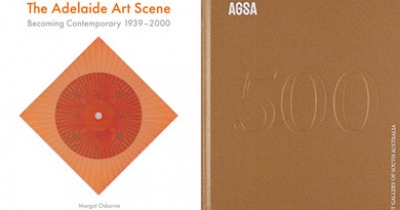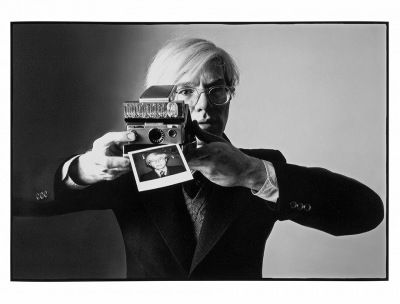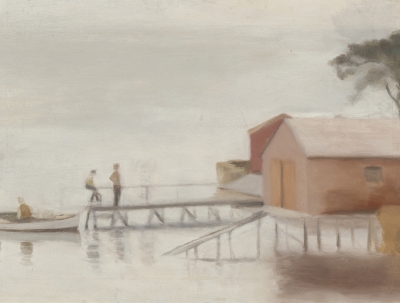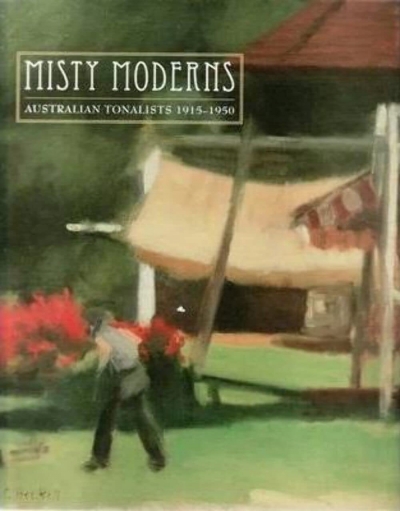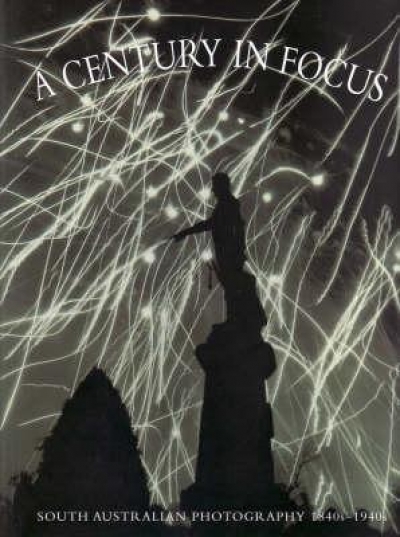Art Gallery of South Australia
Art travels, or it does not – in the latter case, often unjustly. Artists known in one country are not always visible beyond it, just as national cultures of literature and music often develop and remain supported entirely from within. This does not mean, however, that the artists, writers, and musicians themselves are untravelled, nor that their individual practices evolve in ignorance of what is happening elsewhere. ... (read more)
The Adelaide Art Scene by Margot Osborne & AGSA 500 edited by Rhana Devenport
by Patrick Flanery •
Andy Warhol and Photography: A Social Media
Art Gallery of South Australia
by Patrick Flanery •
14 March 2023
Ask the average person what they picture when they hear the name ‘Andy Warhol’ and they will likely mention Campbell’s Soup Cans, Marilyn Monroe, or Elizabeth Taylor. The Art Gallery of South Australia’s exceptional new exhibition ‘Andy Warhol and Photography: A Social Media’ reminds us that such ubiquitous images of Pop Art are but one aspect of Warhol’s oeuvre. ... (read more)
Clarice Beckett: The Present Moment
Art Gallery of South Australia
by Julie Ewington •
13 April 2021
Bells and whistles are common enough, in both form and content, in contemporary exhibitions. This time they are actual, sonic: a soundscape of birdsong, a Melbourne tram bell, clopping horses’ hooves floating through Clarice Beckett: The Present Moment, which is at the Art Gallery of South Australia (AGSA) until 16 May. It’s lovely, subtle, complementing a revelatory encounter with an artist whose work is, through Tracey Lock’s enchanting exhibition, about to become far better known.
... (read more)Desert Country by Nici Cumpston with Barry Patton & Yiwarra Kuju by National Museum of Australia
by Brenda L. Croft •
A Beautiful Line: Italian Prints from Mantegna to Piranesi by Maria Zagala
by Justin Clemens •
Misty Moderns: Australian Tonalists 1915–1950 by Tracey Lock-Weir
by Wendy Walker •
Empires & Splendour: The David Roche collection by Christopher Menz and Robert Reason
by Elisabeth Holdsworth •
A Century in Focus: South Australian Photography 1840s-1940s by Julie Robinson and Maria Zagala
by Alisa Bunbury •


